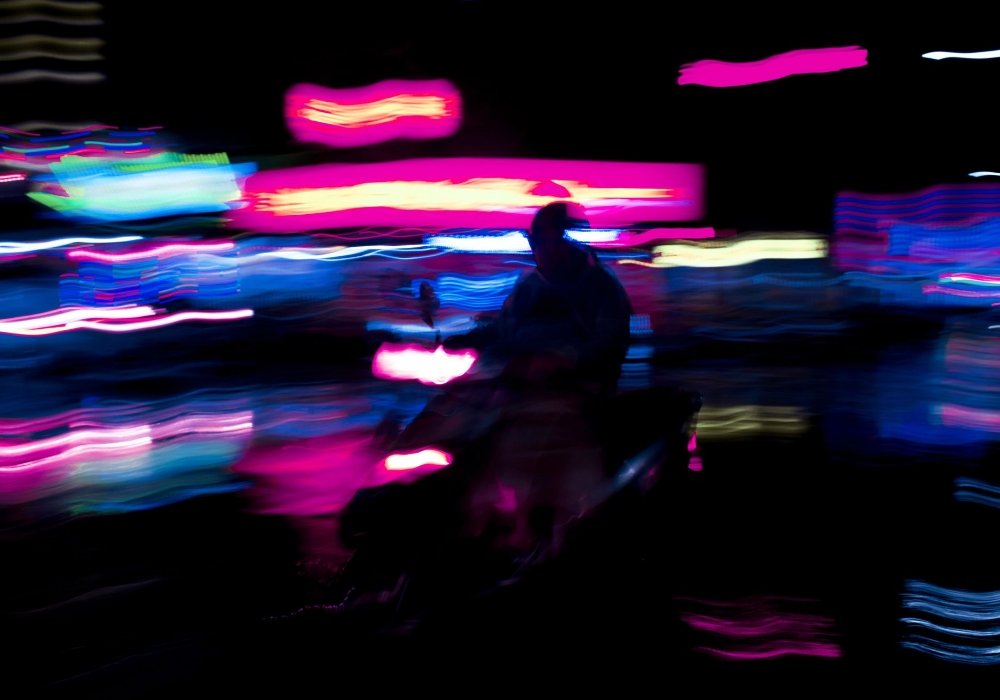
5 Cinematography Tricks and Techniques for Captivating Video
Not everything you do in cinematography is taught in film school. In fact, many of the best cinematography tricks and techniques for captivating video are learned as you become more advanced with your camera and work in the field. Capturing the best images involves the use of various techniques that only a working cinematographer will know how to perform.

Continue reading for a list of the top tricks and techniques of advanced cinematographers.
Dolly Zoom

The dolly zoom effect is produced in-camera to create the appearance of an undermined normal visual perception. This cinematographer effect is created by zooming the zoom lens to create an angle view while the camera is moved toward or away from a subject by dolly.
The result is the subject is kept the same size but there is perspective distortion as a result of the changes in zoom. The background will appear to change in size while the subject appears to become actively distorted to the eye.
The dolly zoom effect is sometimes approached after production. Only advanced editors are able to pull off the dolly effect post-production.
Low Angle Trunk Shot
The low angle trunk shot is an advanced cinematography technique that involves a low-angle shot that is cast up toward the subject from below. Sometimes the low-angle shot starts even as far as below the feet of the subject to produce the desired effect.
The name comes from the fact that this is the type of shot we would see if the subjects were peering down into the trunk of a car. The view is of the camera, essentially being in the trunk and peering up at the subject.
Low angle trunk shots are not easy to pull off for a full-sized camera and camera operator. Can you imagine both in the actual trunk of a car peering up at you?.
Instead, the art department will often produce fake walls and the associated hatches that give the appearance of a trunk surrounding the subject and the shot is taken from below looking up.
Dutch Angle
The Dutch angle shot is produced by tilting the camera in a way that the shot is set with vertical lines at an angle on the side of the frame. The result is the appearance of a horizon line that is not parallel to the bottom of the screen.
The Dutch Angle is a common view for a still shot but in film it may involve the camera making a pivot, pan or track along a diagonal axis for the final shot.
Essentially, the Dutch angle involves tilting the camera to one side and use a predefined axis to shoot in a way that gives the appearance of disorientation of character. These shots are often used to show a drunken character or to build intensity on the scene.
Whip Pan

The whip pan shot is produced when the camera pans quickly and blurs the subject into streaks. This method is often used to show the extreme passing of time and progression into the future.
Whip Pan is a technique that has been used by cinematographers since the 1970s and continues to prove useful in various films today.
Many filmmakers have the whip pan shot down to a science. In fact, they can quickly go from point A to point B with a simple whip. Whip pan shots can build tension in a scene while hiding cuts and maintaining essential pace needed for the scene to be tense and dramatic.
One Point Perspective
We see one point perspective used in drawing, photography and cinematography. This is one of many cinematography tricks and techniques that involves the use of symmetrical shots that holds a key element constant despite surrounding changes.
This method is often used to amplify the extreme seriousness of the scene and has been around for hundreds of years in drawing and other forms of media.
One point perspective is often used to signify the shot down a framed corridor or hallway. This produces a dramatic effect that no other form of cinematography can produce.
These are just a few cinematography tricks and techniques that are used to create a captivating video. As you grow in the field and actively produce more videos, you’ll find you become a pro at so many different advanced techniques of the trade.


